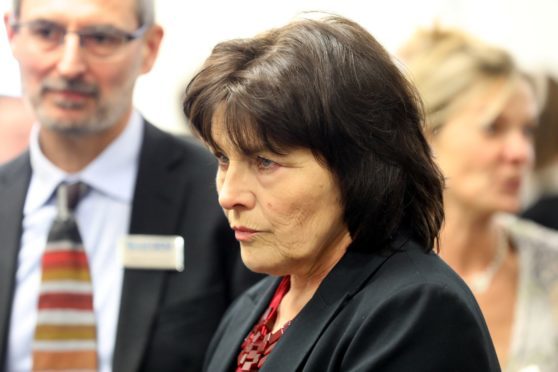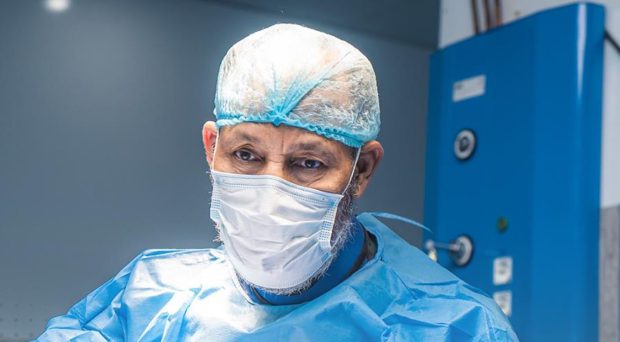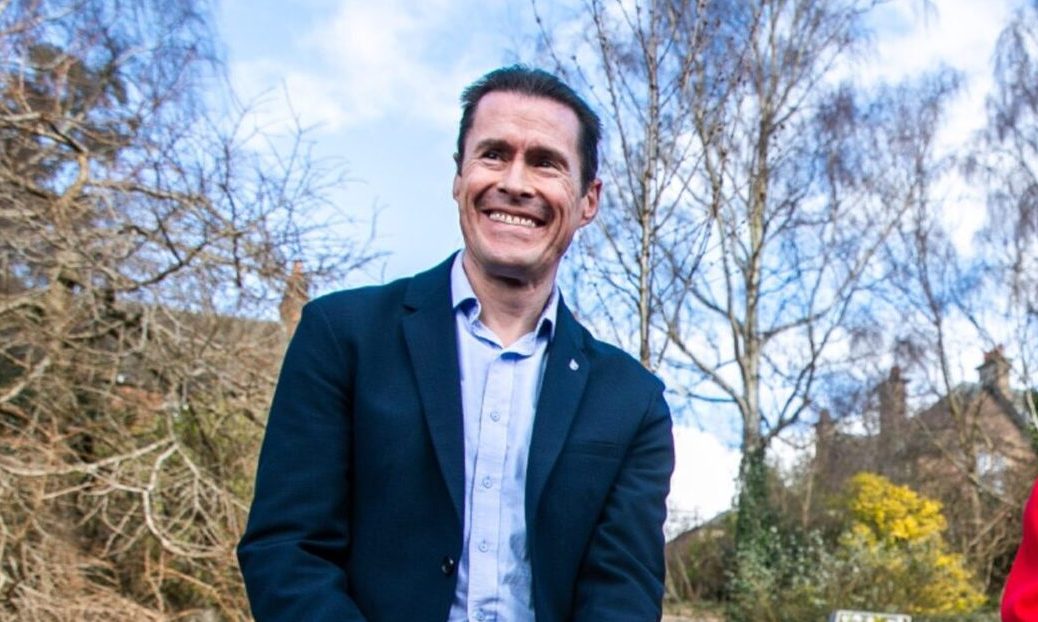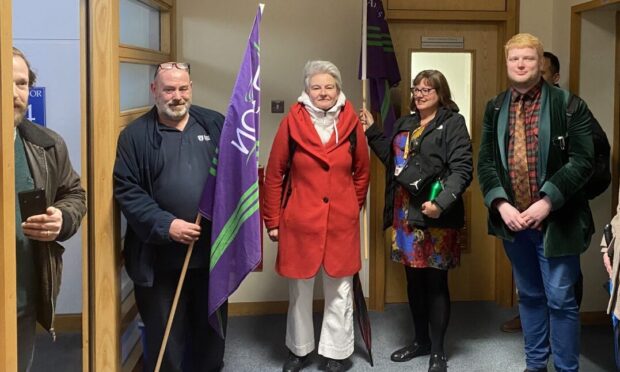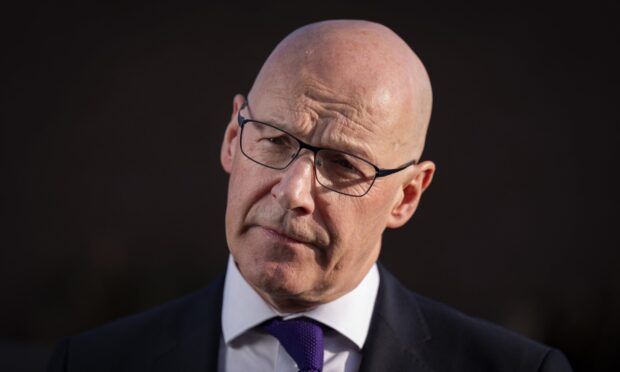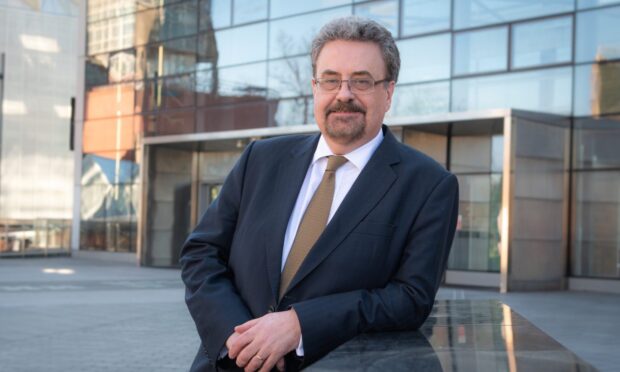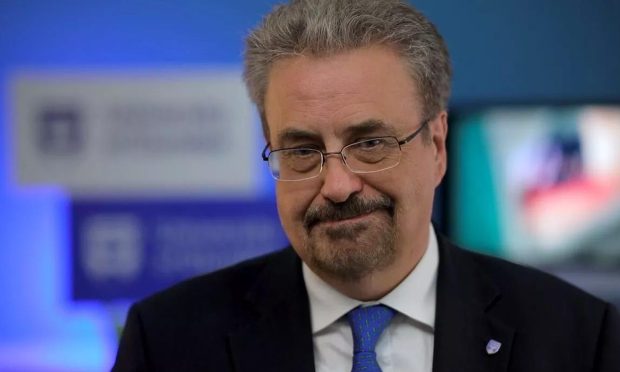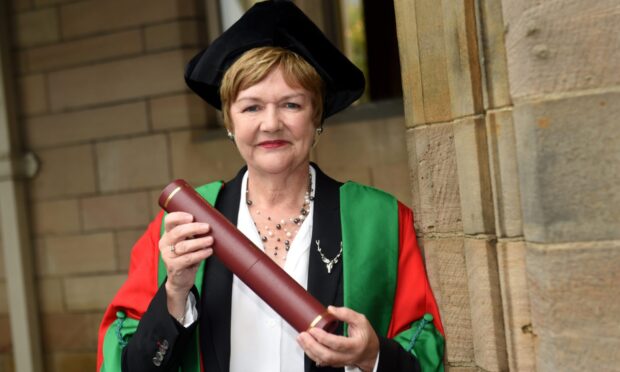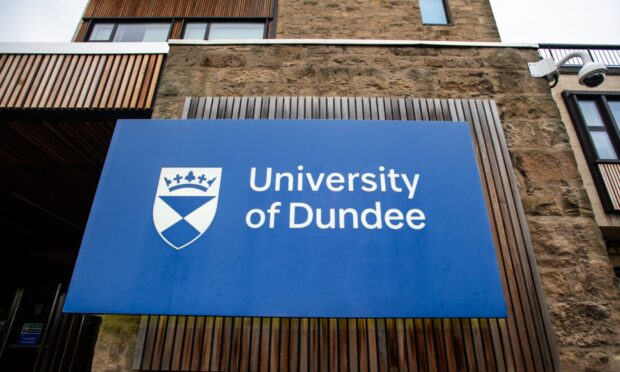Cancer charities are demanding the number of NHS staff is urgently increased after new figures showed a rise in deaths from the disease last year.
There were 2,576 cancer fatalities in Tayside and Fife last year, compared with 2,527 in 2016 and 2,223 when modern records began in 1992.
The Scottish Government has faced demands to ease staff shortages that are preventing patients from quick access to vital diagnosis checks.
A total of 16,105 deaths were caused by cancer in Scotland in 2017, up from 15,813 the previous year.
While the total number of cancer deaths reached its highest for 25 years, overall mortality rates from the disease have fallen by 10% in the last decade – going from 358 deaths per 100,000 people in 2007 to 321 deaths per 100,000 in 2017.
But with more Scots living longer, increasing numbers are developing the disease.
Gregor McNie, Cancer Research UK’s head of external affairs in Scotland, said: “It’s clear cancer continues to have a devastating impact in Scotland.
“Thanks to advances in research, new and better treatments are coming on stream which will help more people survive.
“Too many people are diagnosed when their cancer has already spread and is harder to treat.
“If we can diagnose more cancers earlier, it’s likely more people will survive.
“To do this, we need to make sure that people with suspected cancer are offered the right tests.
“We know staff shortages are currently having an impact on patients receiving efficient access to diagnostic tests.
“We’d urge the Scottish Government to urgently progress its plans to employ more people.”
Gordon McLean, from the charity Macmillan, said: “The picture in deprived areas continues to be incredibly concerning.
“It is simply not right that those in the most deprived areas of Scotland are most likely to get cancer and most likely to die of it.”
Health Secretary Jeane Freeman said the Scottish Government’s £850m-backed waiting times improvement plan focuses on those requiring cancer treatment.
“It is encouraging that the figures in this latest report show a downward trend in cancer mortality rates over the last ten years,” she added.
“This is a reflection of the fact that more people are surviving cancer as a result of early detection and better treatment methods.”
